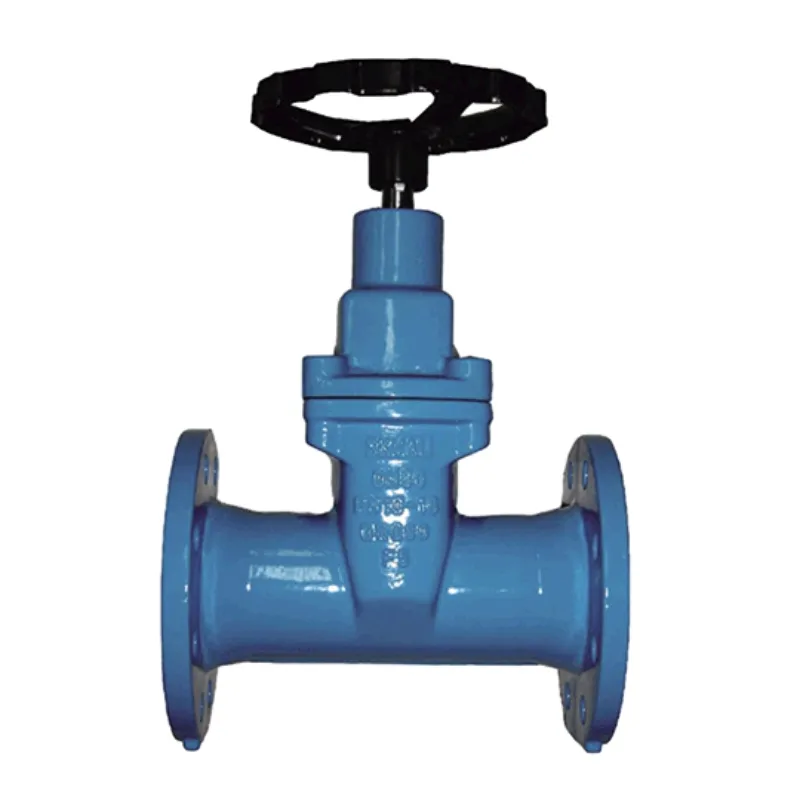Dec . 04, 2024 16:06 Back to list
water main air release valve
Air Release Valves in Water Main Systems Essential Components for Efficiency and Longevity
Water supply systems are vital for public health and economic development. Among the various components that contribute to the smooth operation of these systems, air release valves play a crucial role in maintaining efficiency and longevity. This article will explore the significance of air release valves in water mains, the technology behind them, and their impact on the overall water supply network.
Understanding Air Release Valves
Air release valves are devices installed in water main systems to manage air pockets that accumulate in the pipeline. When water flows through a pipe, it can create pockets of air due to changes in pressure, elevation, or temperature. These air pockets can lead to a multitude of problems, including reduced flow rates, water hammer, and even damage to the pipeline itself. Air release valves effectively mitigate these issues by allowing trapped air to escape while preventing water from spilling out.
The Importance of Air Release Valves
1. Preventing Water Hammer Water hammer is a pressure surge caused by a sudden change in water flow. This phenomenon can result in significant damage to pipes, fittings, and joints. By releasing accumulated air, air release valves help maintain steady pressure levels and minimize the risk of water hammer.
2. Improving Flow Efficiency Air pockets can obstruct water flow, leading to inefficiencies in the distribution system. By allowing trapped air to escape, air release valves ensure that the water flows smoothly through the pipes, reducing energy consumption and improving hydraulic efficiency.
3. Protecting Infrastructure Over time, the presence of air within a water main can cause corrosion and deterioration of the pipeline. Air release valves assist in removing air from the system, thus prolonging the lifespan of the infrastructure and minimizing maintenance costs.
4. Enhancing Water Quality Stagnant water trapped in air pockets can lead to the growth of bacteria and other pathogens. By preventing air accumulation, air release valves help maintain water quality, ensuring that the water supplied to consumers is safe and clean.
water main air release valve

Types of Air Release Valves
Air release valves come in various designs, each suited for specific applications within water main systems. The most common types include
1. Single-Outlet Air Release Valves These are designed to release air at a single point and are often used in relatively straightforward pipeline sections.
2. Combination Air Valves These valves serve multiple functions, allowing both air to escape and air to enter the system when necessary. They are particularly useful in areas where water flow changes frequently.
3. Vacuum Relief Valves These valves prevent the formation of a vacuum in the pipeline, which can occur during rapid water withdrawal. By allowing air to enter, they safeguard against potential collapse or damage to the pipeline.
Installation and Maintenance
Proper installation of air release valves is crucial for their effectiveness. They should be strategically placed at high points in the water main, where air is likely to accumulate. Regular maintenance checks ensure that the valves are functioning correctly and free from debris or corrosion. Neglecting these elements can lead to inefficient operation and increased risk of water main failure.
Conclusion
Air release valves are essential components of a water main system, playing a vital role in preventing operational inefficiencies and protecting infrastructure. By managing air pockets effectively, these valves contribute to improved flow dynamics, reduced maintenance costs, and enhanced water quality. For utility managers and engineers, understanding the significance of air release valves and ensuring their proper installation and maintenance is key to maintaining a robust and reliable water supply system. As water demand continues to grow globally, investing in effective air release valve technology will be critical for the sustainability of water infrastructure and, by extension, public health and safety.
Share
-
Reliable Wafer Type Butterfly Valves for Every IndustryNewsJul.25,2025
-
Reliable Flow Control Begins with the Right Ball Check ValveNewsJul.25,2025
-
Precision Flow Control Starts with Quality ValvesNewsJul.25,2025
-
Industrial Flow Control ReliabilityNewsJul.25,2025
-
Engineered for Efficiency Gate Valves That Power Industrial PerformanceNewsJul.25,2025
-
Empowering Infrastructure Through Quality ManufacturingNewsJul.25,2025